The Howard Aircraft DGA-15P Experimental: A Unique Blend of Art and Engineering
1. What is the history and development of the Howard Aircraft DGA-15P?
The history and development of the Howard Aircraft DGA-15P Experimental is a fascinating journey that showcases the ingenuity and craftsmanship of its creators. Produced by the Howard Aircraft Corporation from 1939 to 1944, the DGA-15P is part of the Howard DGA-15 series, which includes various versions of the aircraft with different engines fitted. Benny Howard, the creator of the DGA-15P, had a remarkable career in aircraft design, starting with his first creation, the DGA-1, in 1924.
One of Benny Howard’s most significant achievements was winning the 1935 Thompson Trophy with his creation, “Mr. Mulligan” was Benny Howard’s most successful creation, which won the 1935 Thompson Trophy. This success caught the attention of Donald W. Douglas, who praised Benny’s designs as “Damn Good Airplanes”. Inspired by his achievements, Benny continued to refine his designs, leading to the creation of the DGA-2 in 1927. This aircraft featured a large fuel tank, which proved useful for a whiskey smuggler.
In 1936, the Howard Aircraft Corporation was formed, and Benny Howard embarked on the production of custom-built aircraft. The company produced approximately 30 custom aircraft before introducing the 5-place DGA-15 in 1939. The DGA-15 quickly gained popularity for its roominess, comfort, and durability. It became the foundation for the DGA-15P Experimental, which was produced in collaboration with the Navy during World War II.
During the war, most civilian Howards, including the DGA-15, were taken by the military for various purposes. The Army utilized them as officer transports and air ambulances, while the Navy contracted Howard Aircraft Corporation to build hundreds of DGA-15Ps to its own specifications. This collaboration between the Navy and Howard Aircraft Corporation resulted in the development of the DGA-15P Experimental, which showcased remarkable engineering and design.
Today, the Howard DGA-15P continues to capture the imagination of aviation enthusiasts and pilots. Its rich history, from Benny Howard’s early designs to its utilization during World War II, has solidified its place as a significant aircraft in aviation history. The combination of art and engineering in its development sets it apart, making it a truly unique and remarkable aircraft.
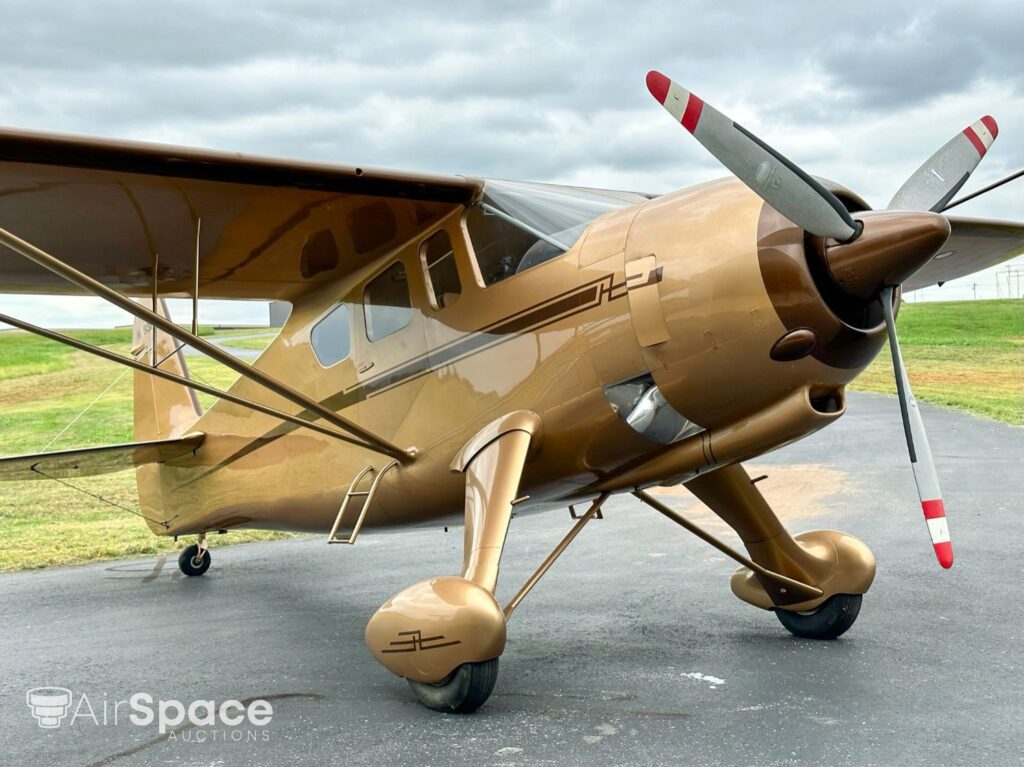
2. What are the features and specifications of the Howard DGA-15P aircraft?
The Howard DGA-15P Experimental boasts a range of features and specifications that contribute to its exceptional performance. The aircraft’s design incorporates a high-winged monoplane with a wooden wing and a steel-tube-truss fuselage. This construction provides the aircraft with structural strength while maintaining a lightweight profile. The DGA-15P’s deeper and wider fuselage allows for comfortable seating for up to five individuals, making it an ideal choice for those seeking both performance and comfort.
At the heart of this Howard DGA-15P rebuilt and turned Experimental is its powerful Lenoids MK 12500 radial engine, which generates an impressive 550 horsepower. This engine propels the aircraft to a maximum speed of 212 knots and provides a range of 800 nautical miles. The DGA-15P’s wingspan measures 38 feet, and it has a length of 25 feet. With a service ceiling of 21,500 feet and a rate of climb of 1,560 feet per minute, the aircraft offers impressive performance capabilities. With gas shocks on the main gear landing becomes gentle experience.
One of the standout features of the Howard DGA-15P is its custom aluminum skin and metalwork. The exterior of the aircraft is meticulously crafted, showcasing a sleek and polished appearance while ensuring durability and structural integrity. The use of aluminum in the construction of the aircraft’s skin provides several advantages, including its lightweight nature, corrosion resistance, and ease of maintenance. The custom metalwork adds to the overall aesthetic appeal and uniqueness of the aircraft, making it a standout among its peers.
3. What it takes to create flawless metalwork
The custom aluminum skin and metalwork of the Howard DGA-15P N67550 Experimental are a testament to the exceptional craftsmanship and attention to detail that went into its construction. The aircraft’s exterior is meticulously formed seamless joining and perfectly spaced doors and hatches. Note the hidden buttons and perfect welds in the images and videos provided.
Additionally, aluminum exhibits excellent corrosion resistance. This property ensures that the aircraft’s exterior remains in optimal condition for many more years than hangared and well-protected traditional fabric. The reduced susceptibility to corrosion reduces maintenance requirements and increases the longevity of the aircraft.
The custom cowling and impeccable welds and seams of the Howard DGA-15P adds to its overall aesthetic appeal and uniqueness. Craftsmen meticulously shape and form the metal components, ensuring precision and attention to detail. These custom metal accents and finishes complement the aircraft’s design, creating a harmonious blend of artistry and engineering.
4. What are the modern avionics used in the traditional walnut panel of the DGA-15P?
While the Howard DGA-15P Experimental retains its classic design, it has undergone modernization in terms of avionics. The traditional walnut panel of the aircraft contains all original steam gauges plus Garmin GNS 530. This integration of modern technology into the traditional design exemplifies the harmonious blend of art and engineering that defines the Howard DGA-15P.
The modern avionics installed in the Howard DGA-15P provide pilots with a wealth of information and functionality. Navigation aids, such as GPS systems and digital flight displays, enhance situational awareness and simplify the process of route planning. Weather radar systems allow pilots to anticipate and avoid hazardous weather conditions, ensuring a safe and smooth flight experience.
Communication systems have also been upgraded to modern standards, allowing for seamless interaction with air traffic control and other aircraft. This enhanced communication capability improves safety and facilitates efficient coordination during flight operations.
Despite these modern advancements, the traditional walnut panel of the DGA-15P maintains its classic charm and elegance. The combination of modern avionics and the timeless beauty of the walnut panel creates a unique and captivating cockpit environment.

5. How can I learn to fly a 550 hp tailwheel aircraft like the Howard DGA-15P?
Learning to fly a 550 horsepower tailwheel aircraft like the Howard DGA-15P requires proper training and experience. With an intense power plant like the Lenoides MK 12500 and incredibly stable flight characteristics this airplane flies like a Rolls. Transition training and or ferry service can be arranged for the buyer of this aircraft.
Flying a tailwheel aircraft requires a different set of skills compared to flying tricycle-gear aircraft. The main difference lies in the landing and takeoff techniques. Tailwheel aircraft have a tendency to swerve during landing and takeoff, requiring precise rudder control to maintain directional control. Additionally, the higher horsepower of the Howard DGA-15P adds another level of complexity to the flying experience. Pilots must be proficient in managing the increased power and be comfortable with the aircraft’s performance envelope. With the right training and experience, flying a 550 hp tailwheel aircraft like the Howard DGA-15P can be an exhilarating and rewarding experience for pilots.
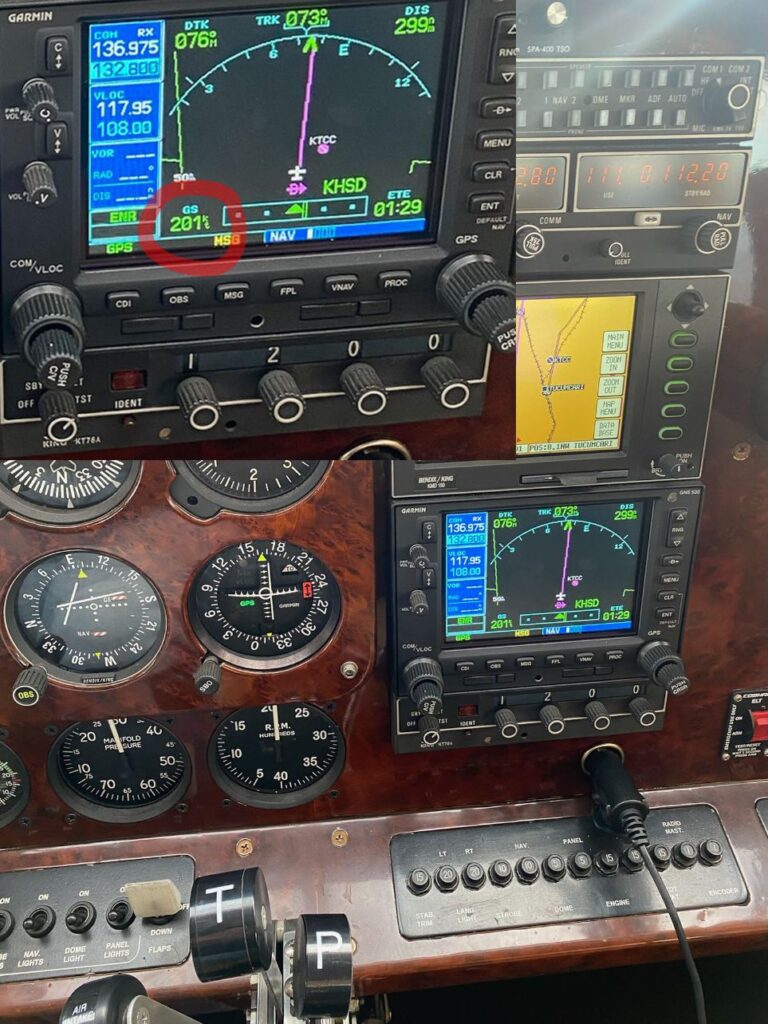
Conclusion
The Howard Aircraft DGA-15P Experimental stands as a testament to the artistry and engineering prowess of its creators. Its history and development highlight the achievements of Benny Howard, the founder of the Howard Aircraft Corporation, and the collaboration between the Navy and the company during World War II. The DGA-15P’s features and specifications, such as its powerful radial engine and custom aluminum skin, contribute to its exceptional performance and aesthetic appeal. The integration of modern avionics into the traditional walnut panel showcases the harmonious blend of old and new. Learning to fly a 550 hp tailwheel aircraft like the Howard DGA-15P requires proper training and experience, but the rewards are immeasurable. The Howard DGA-15P Experimental continues to captivate aviation enthusiasts and pilots with its timeless elegance and remarkable engineering.
The Goldfinger can join your collection if you register for the auction today.



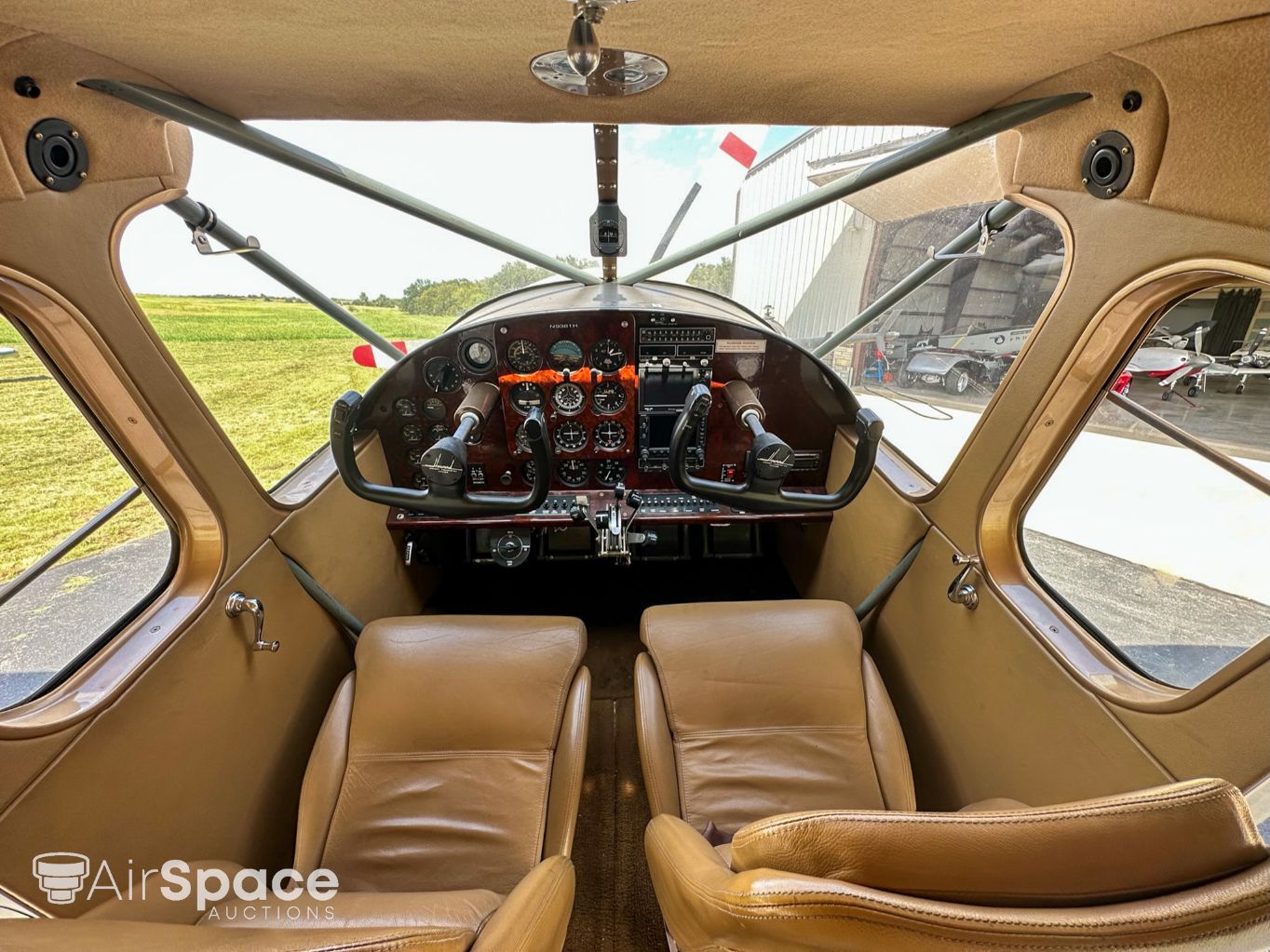

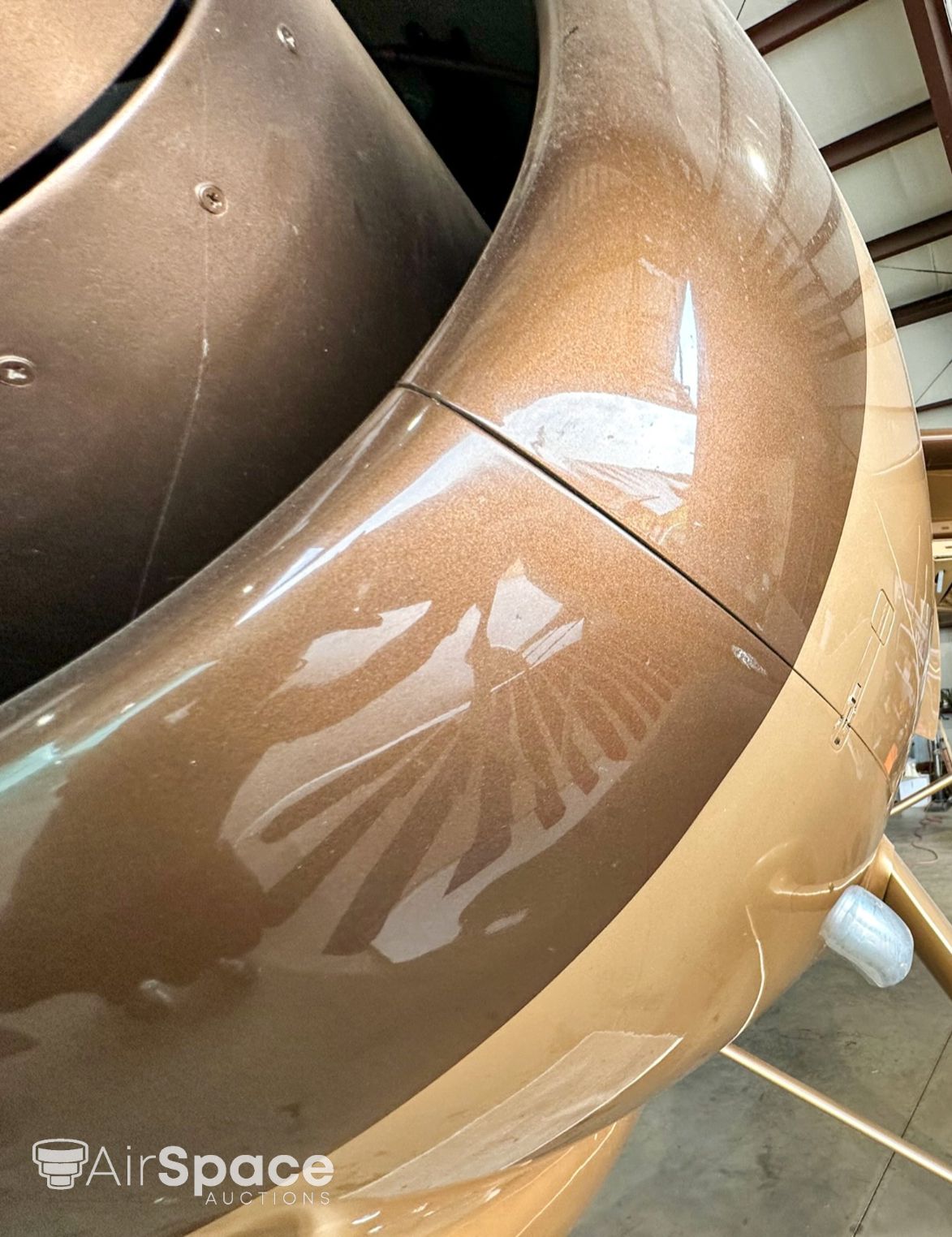
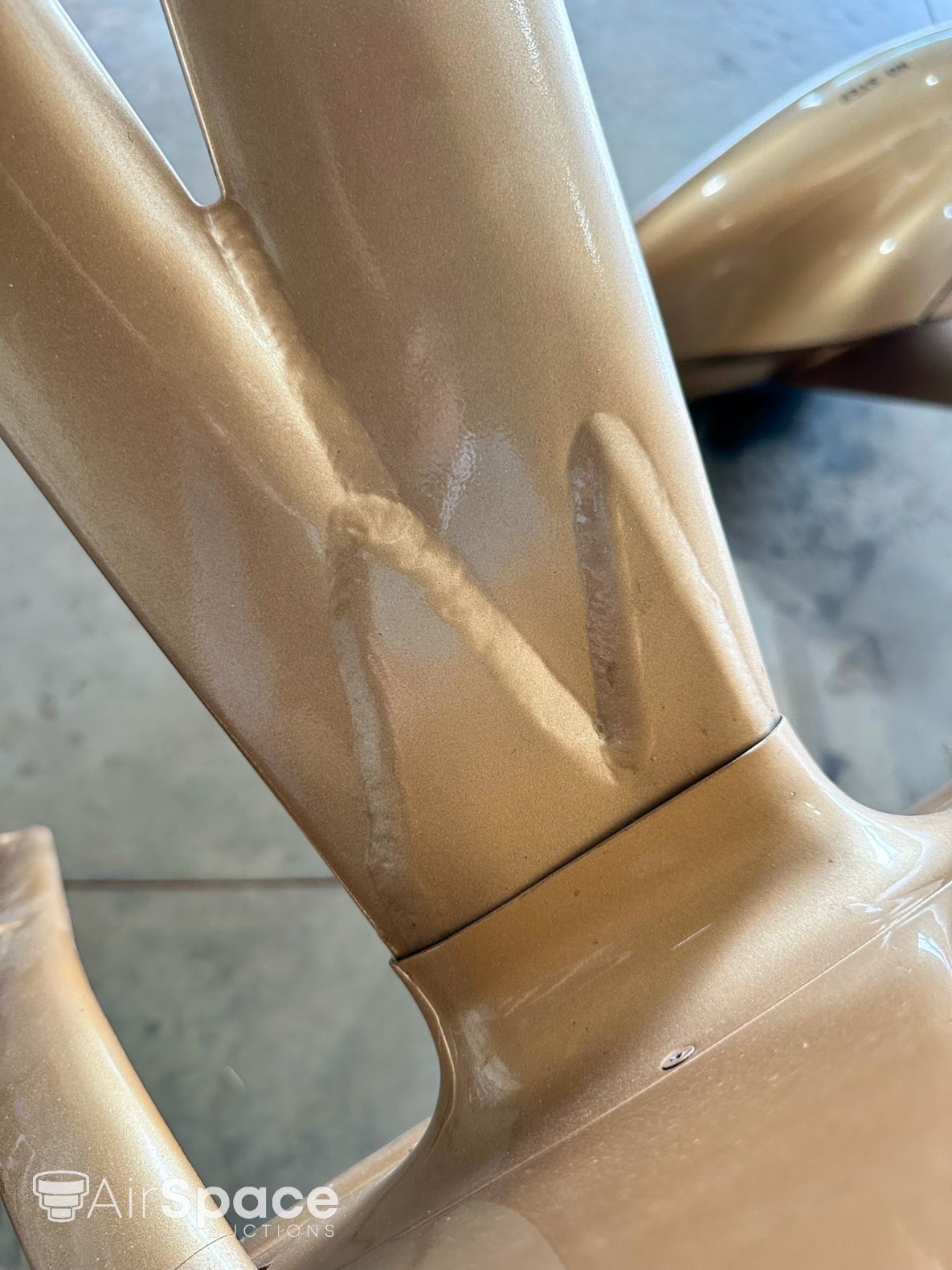
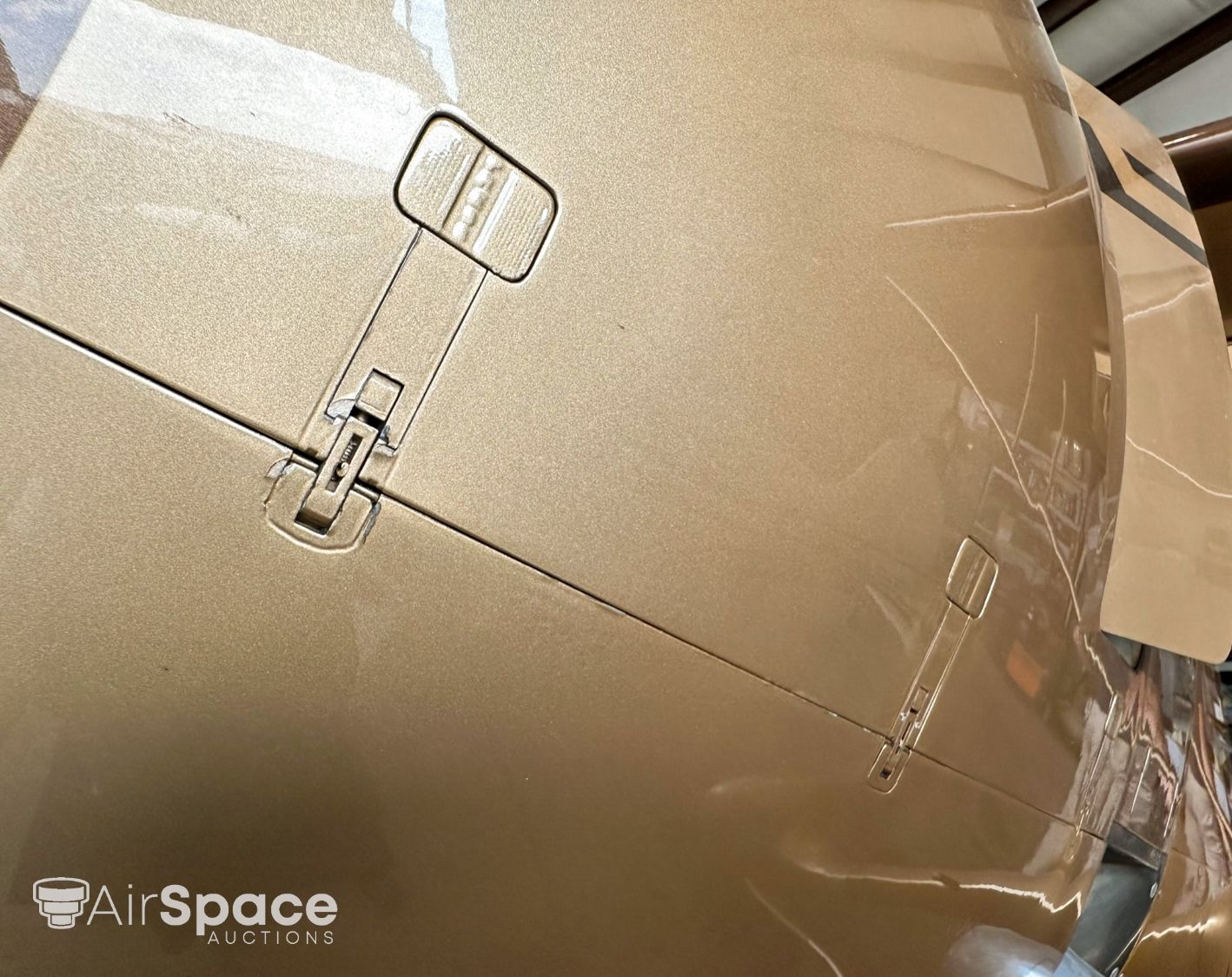
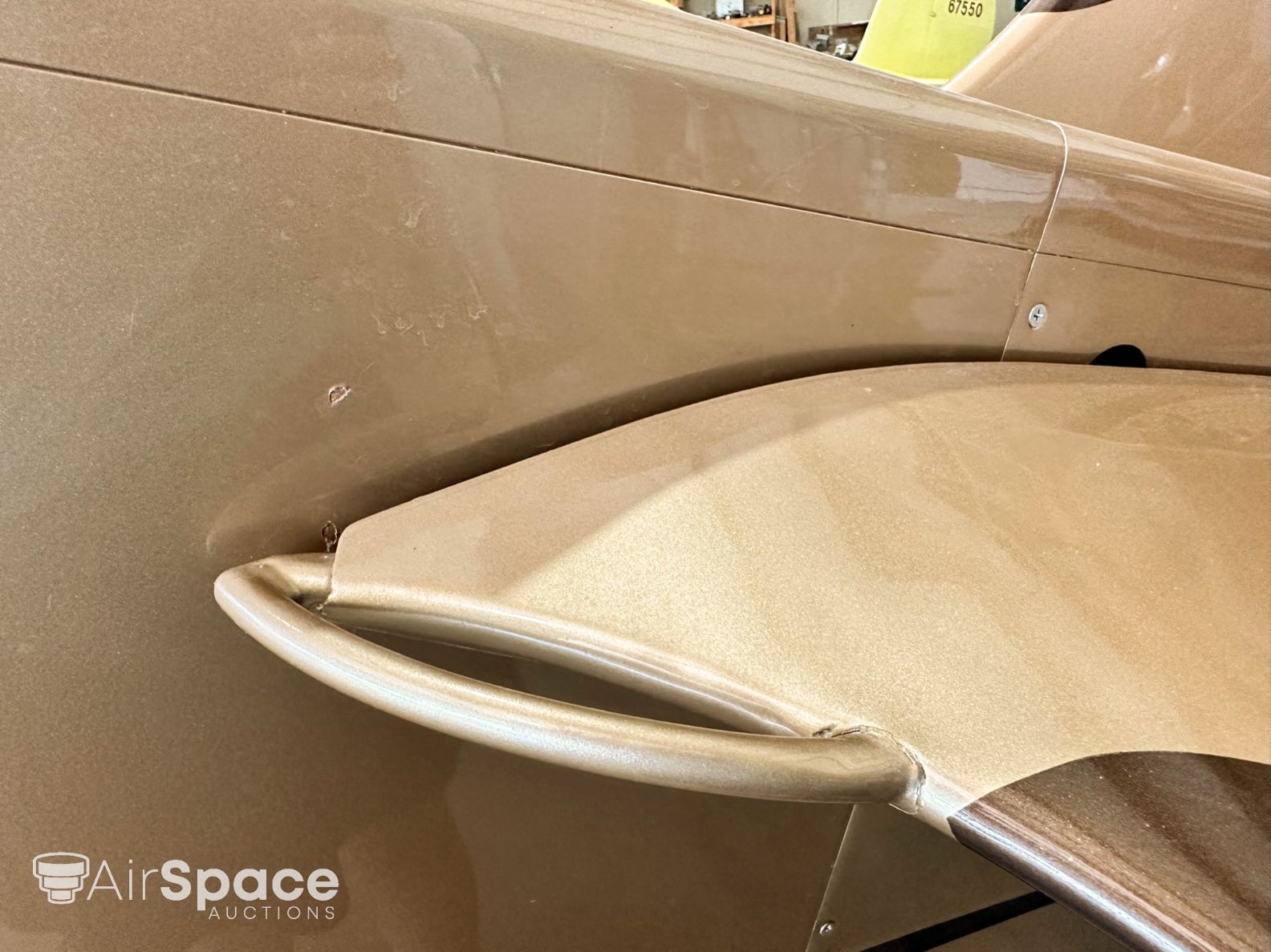


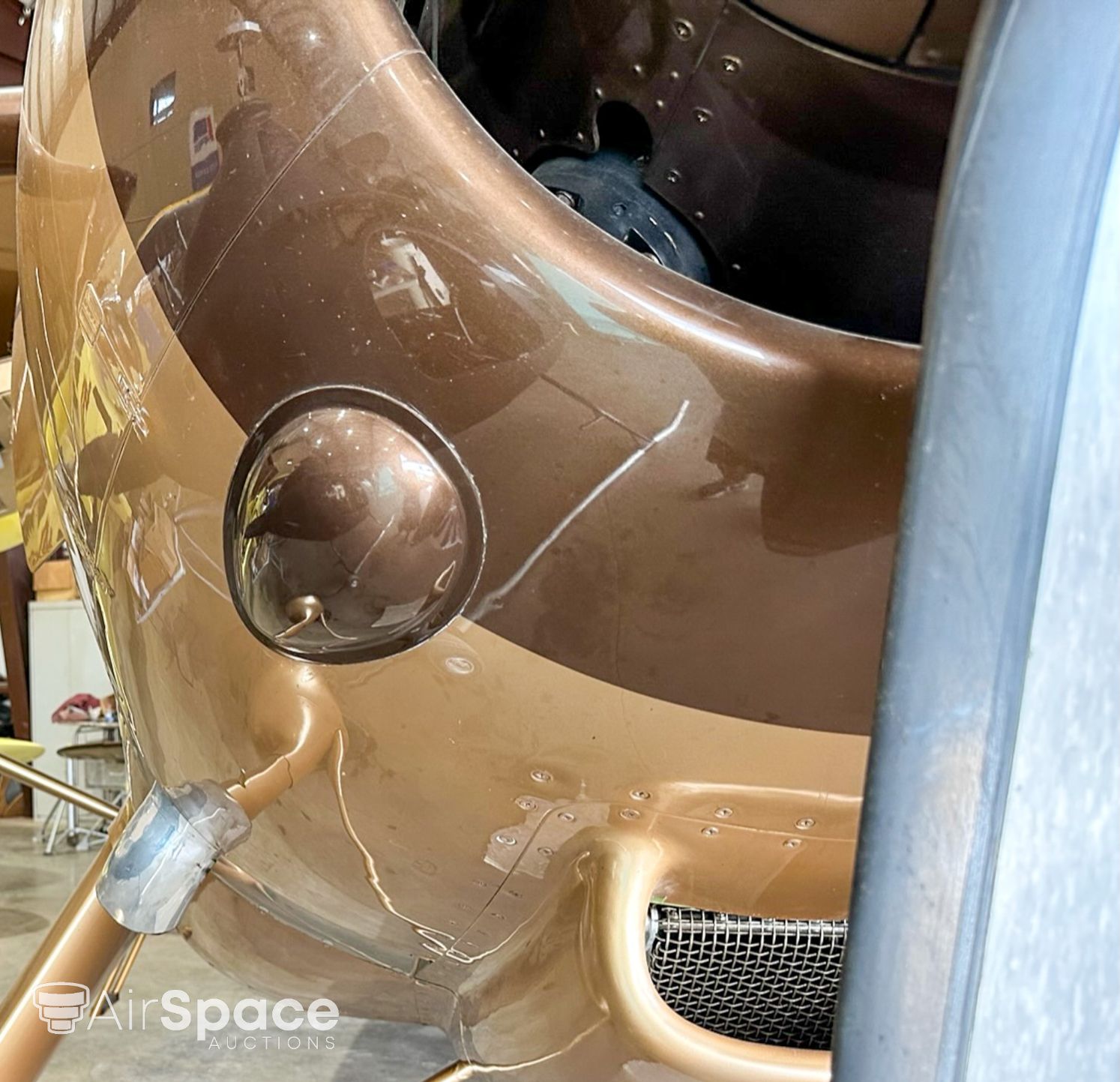
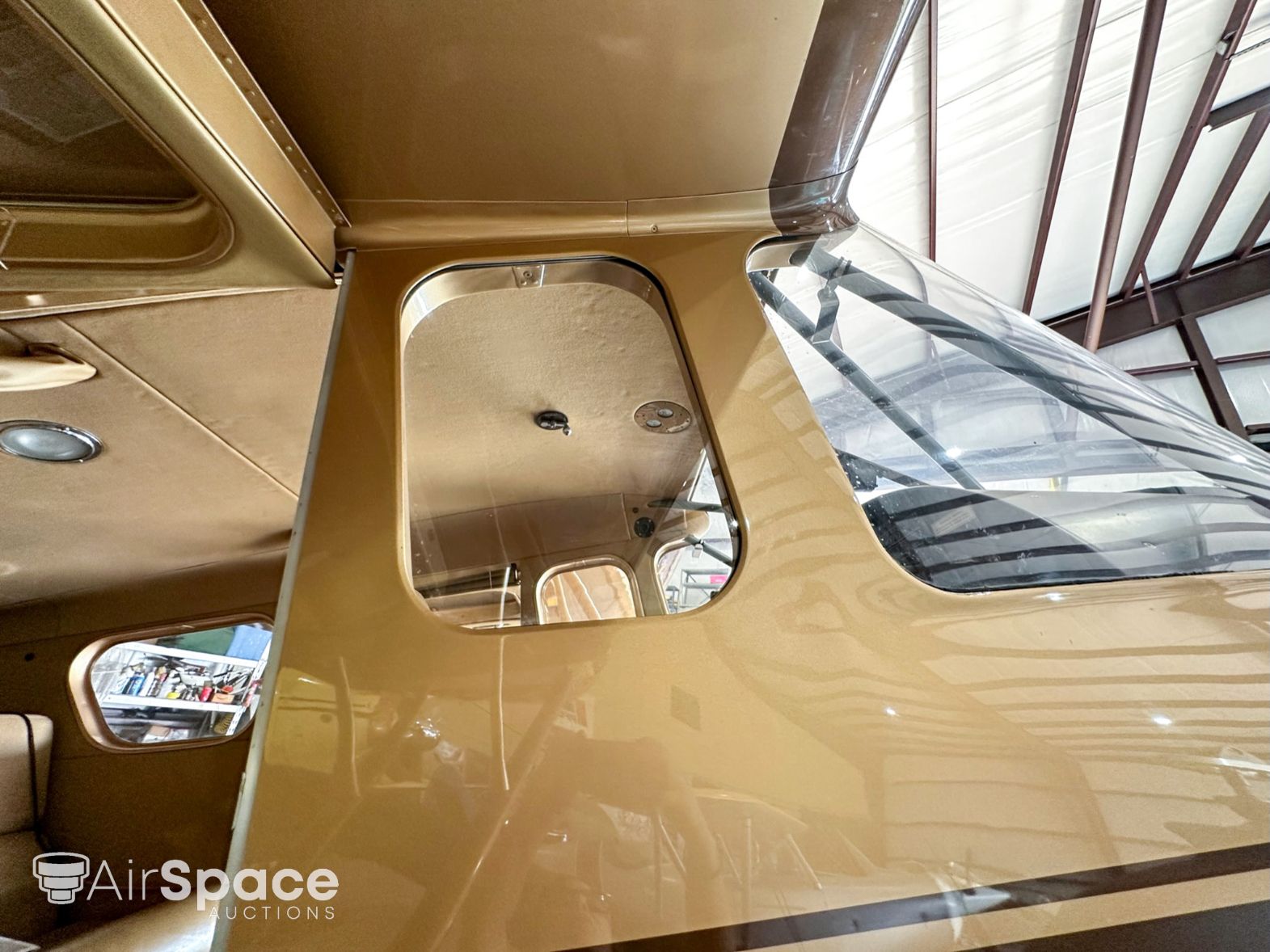
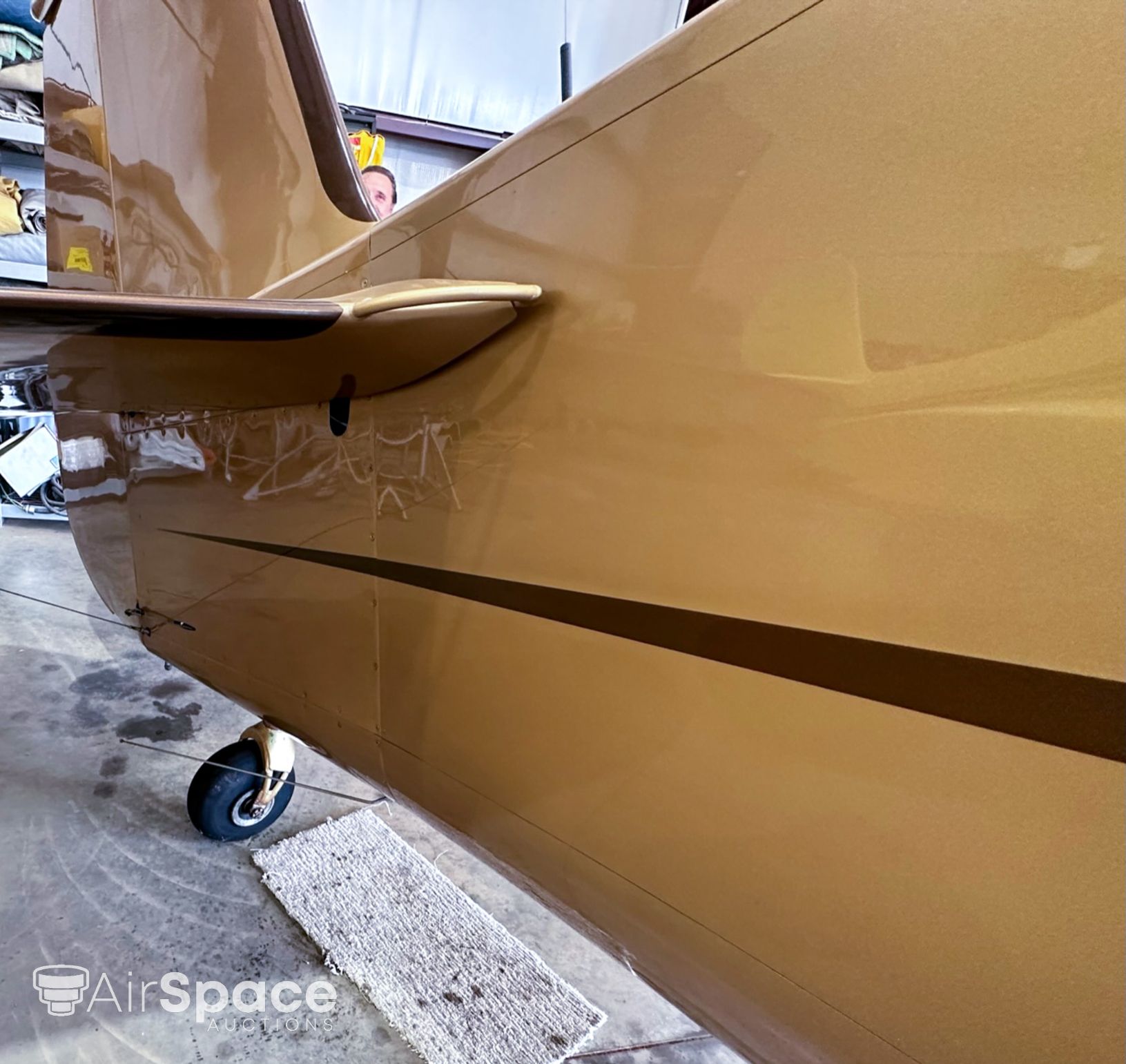
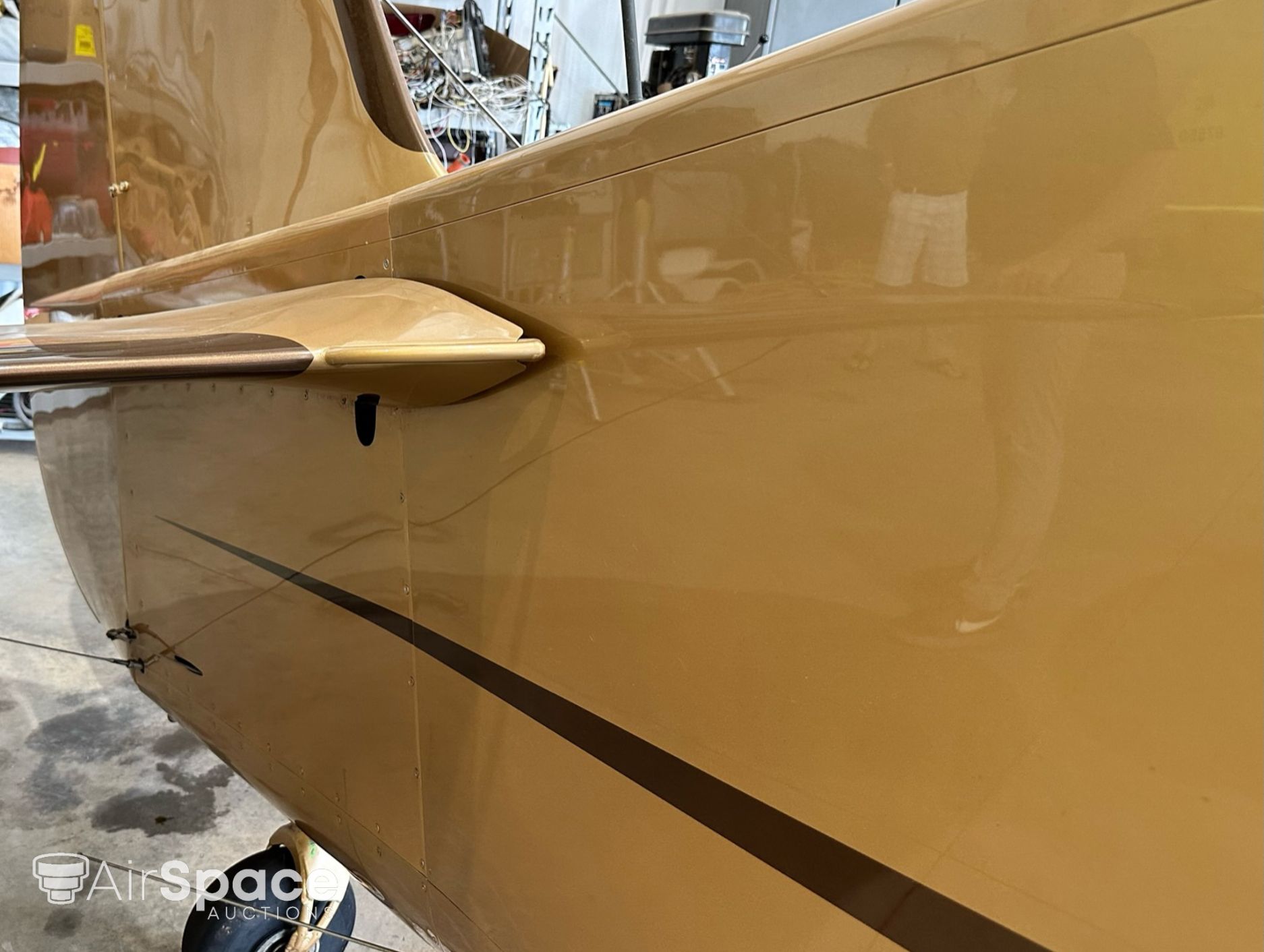


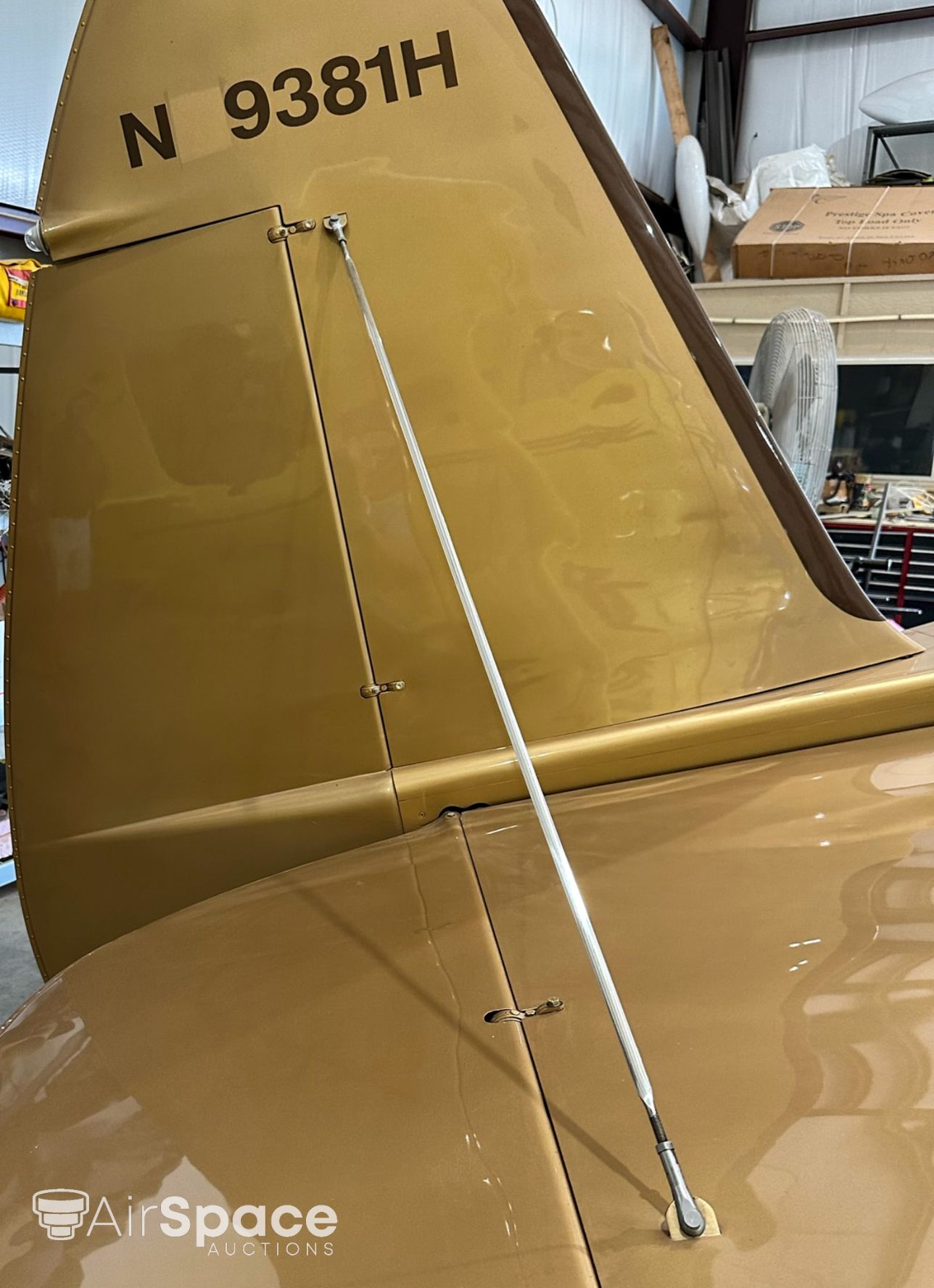









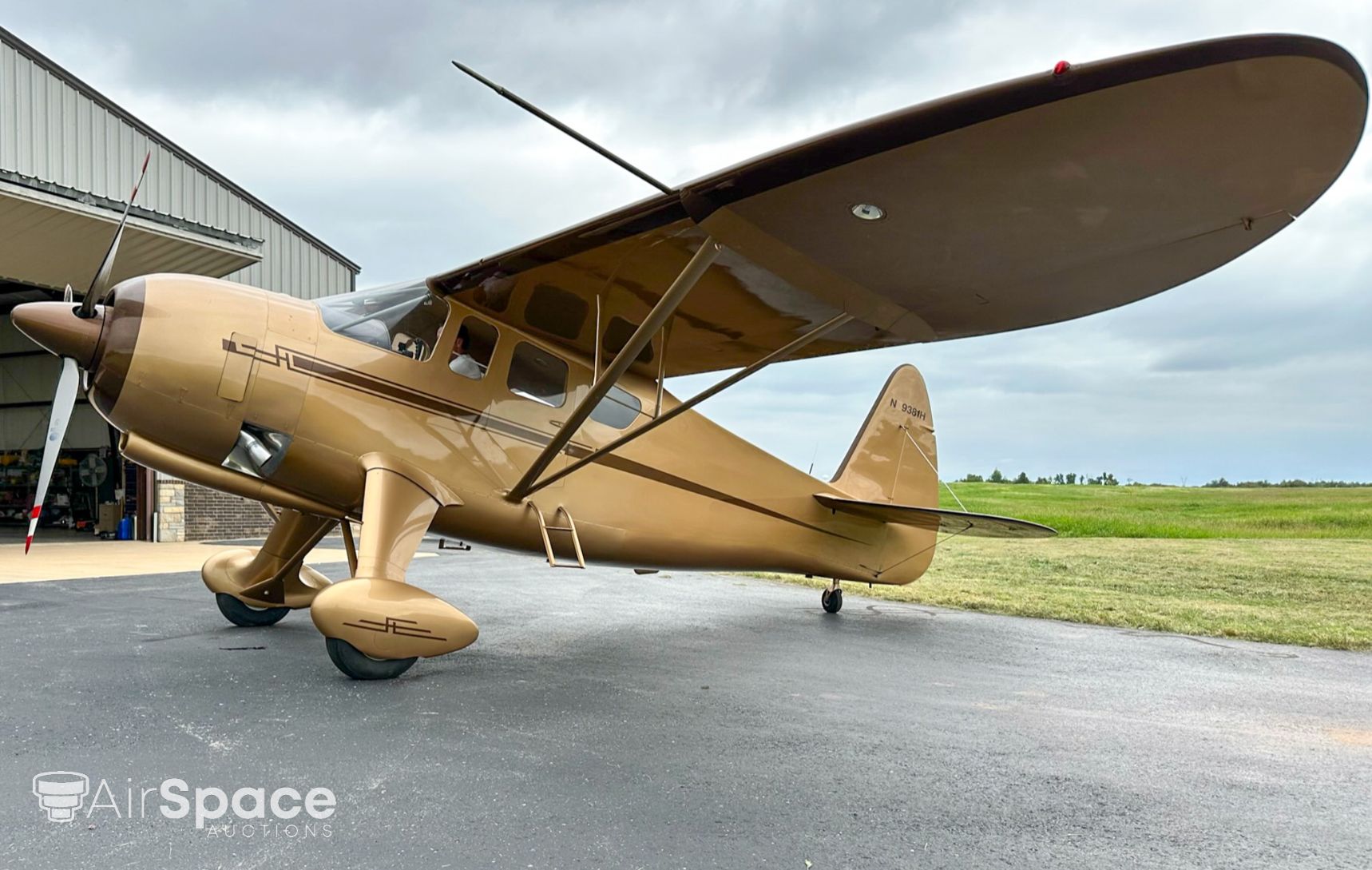
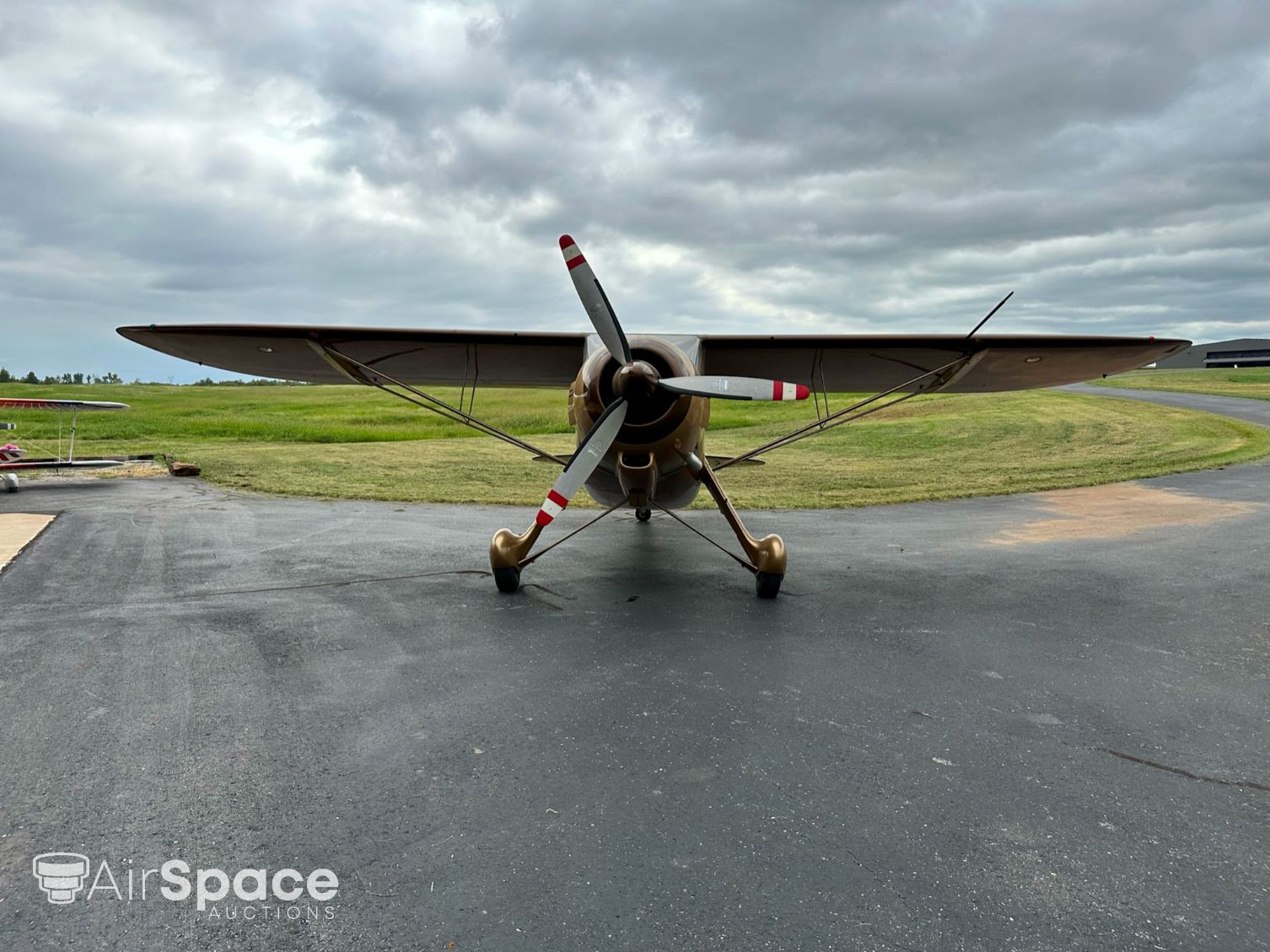
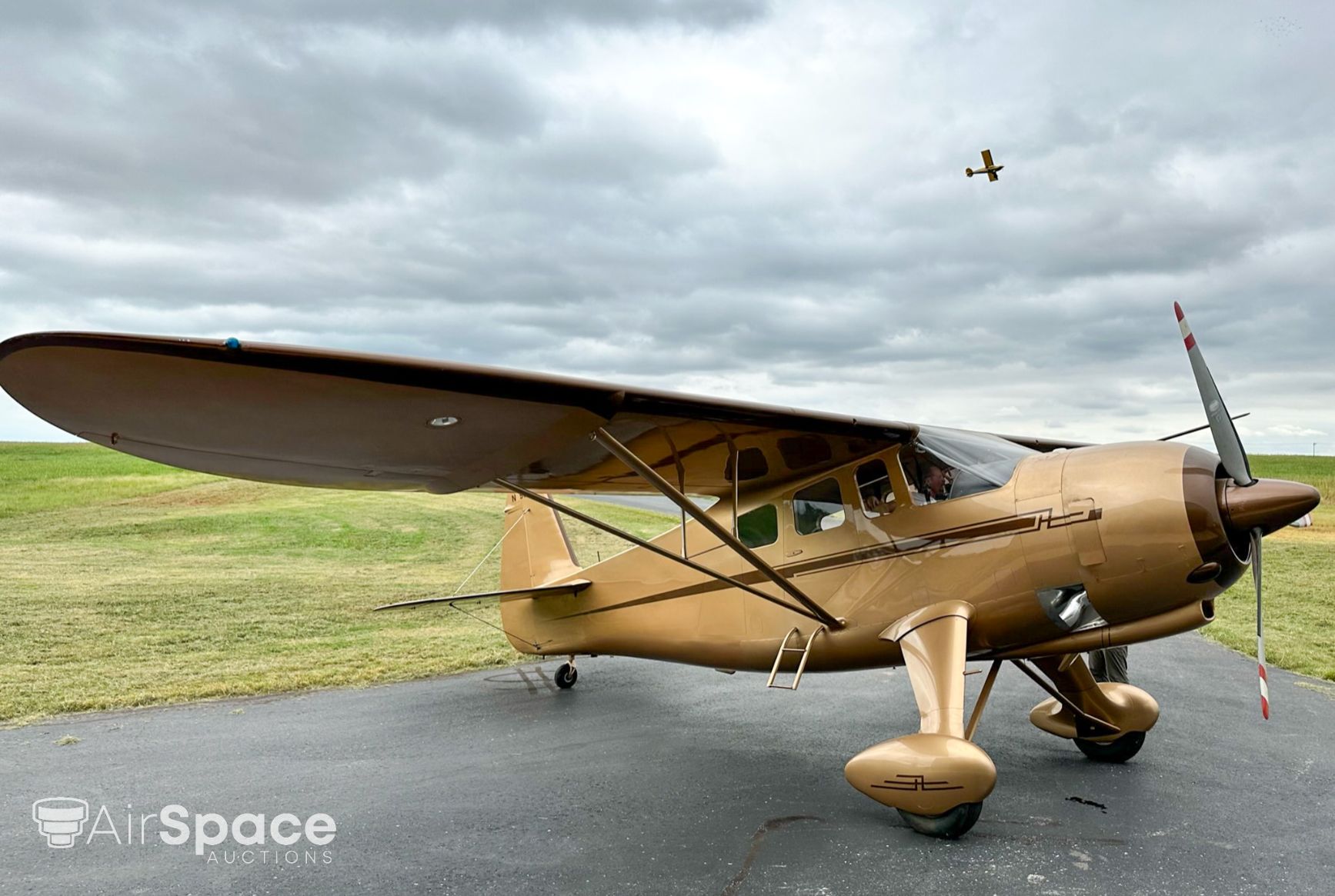

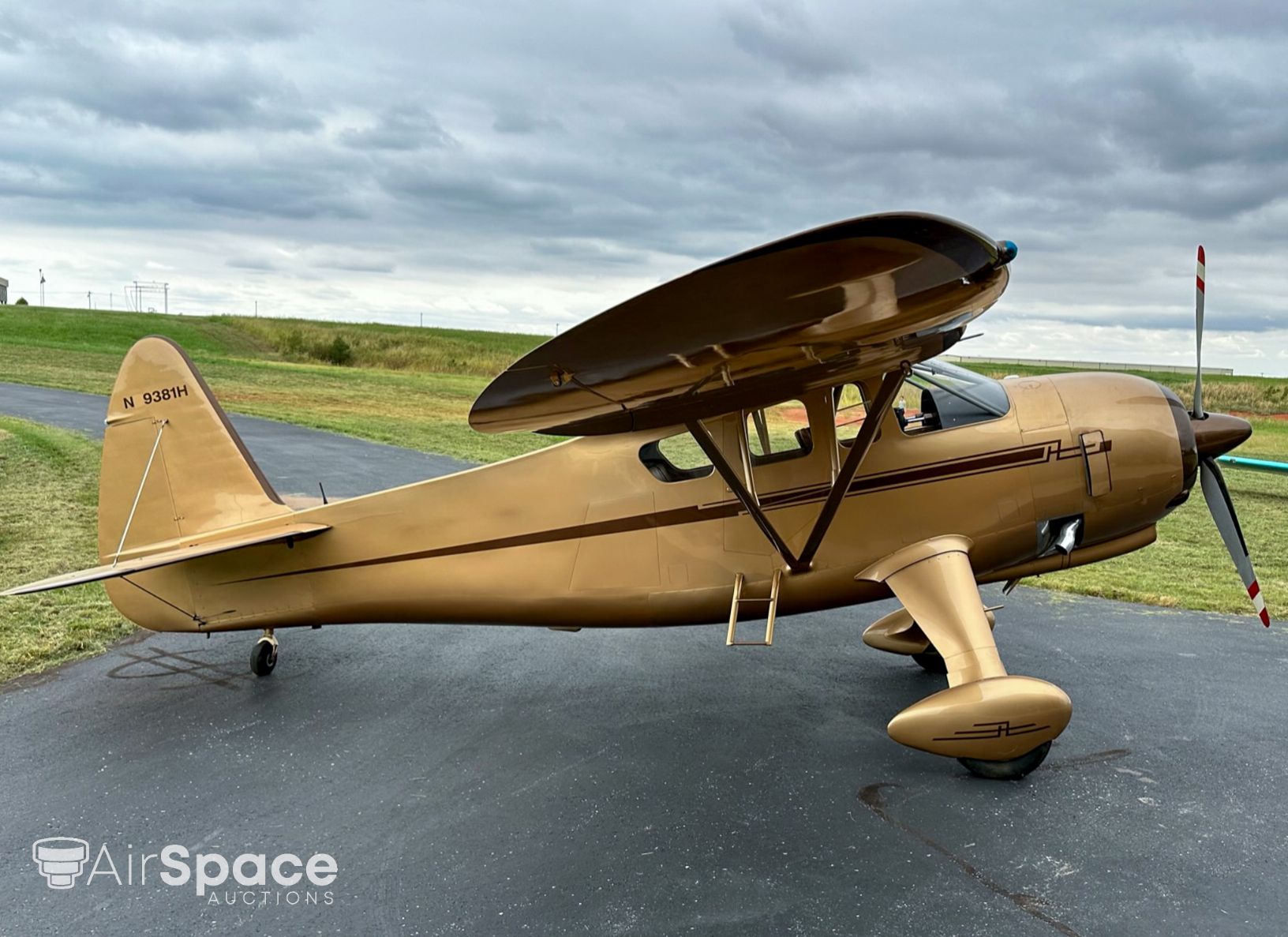
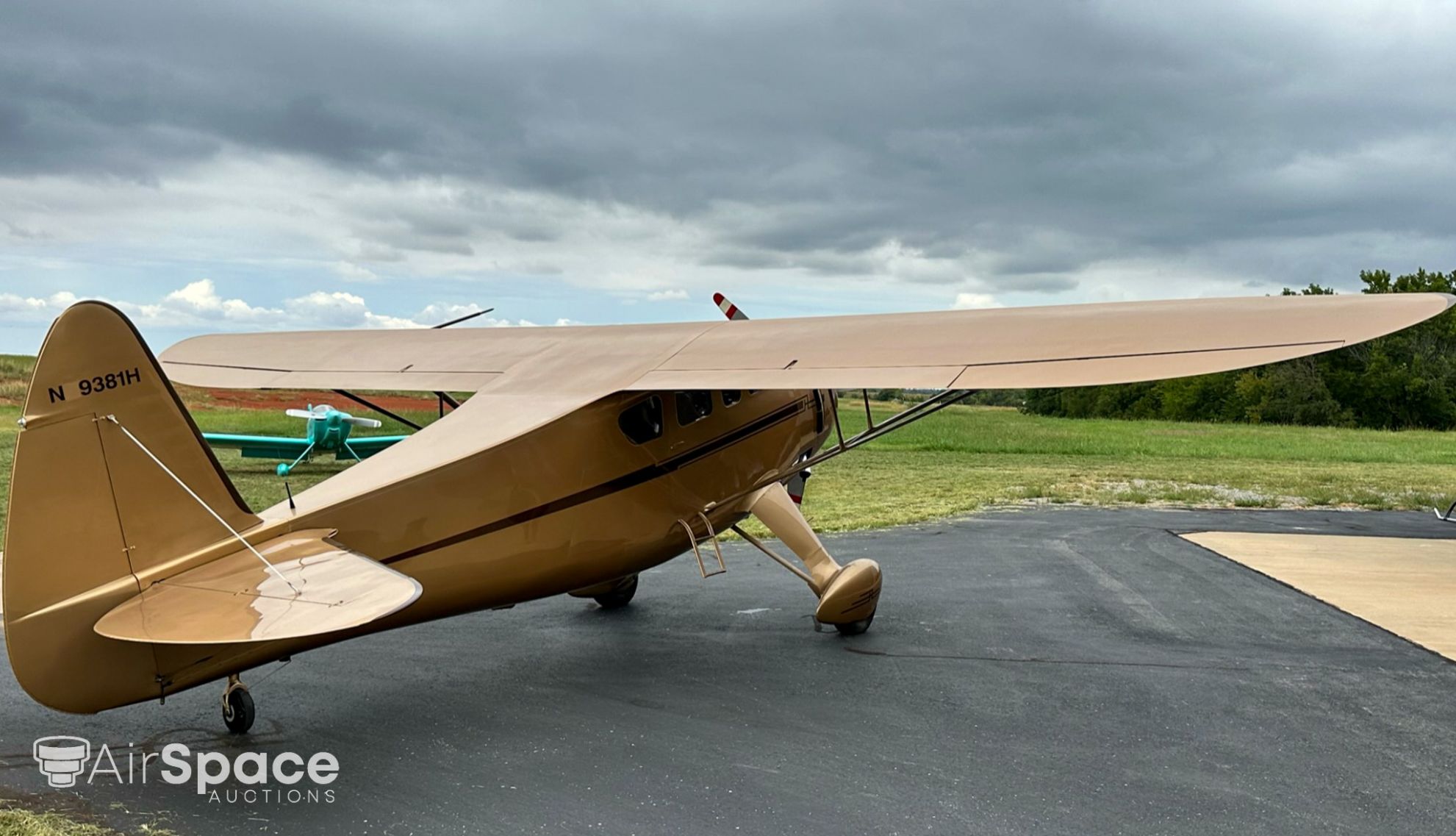
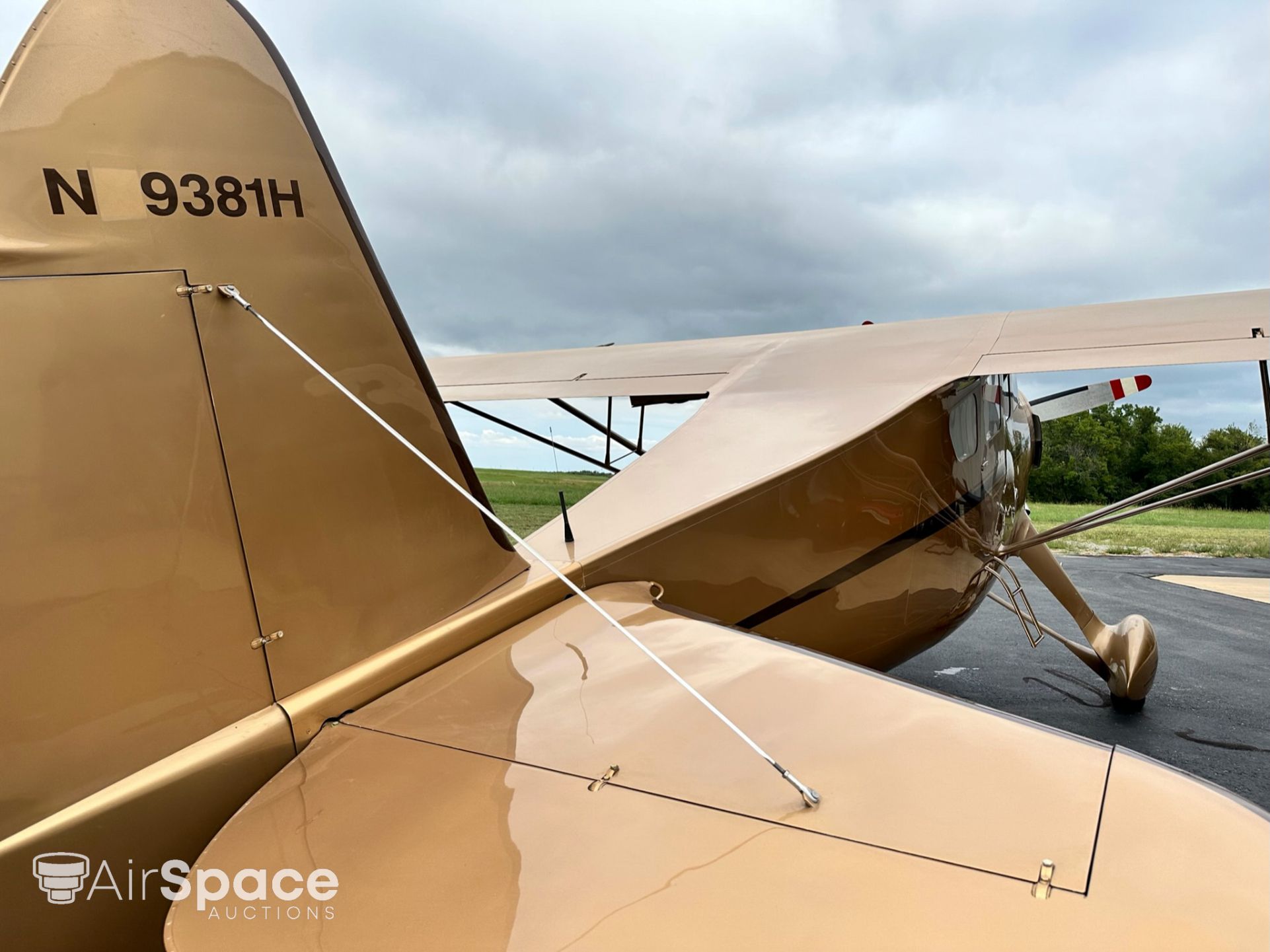


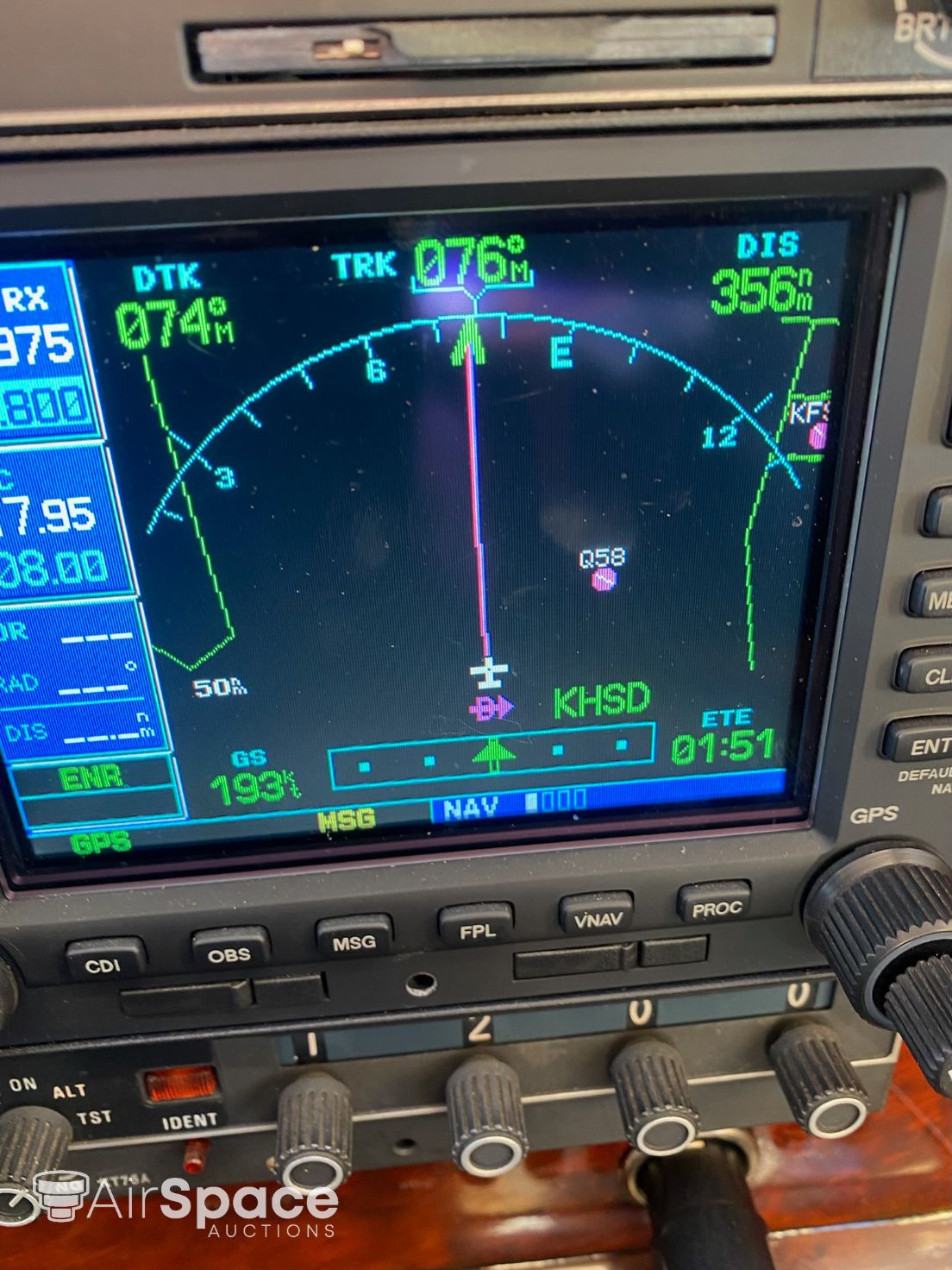
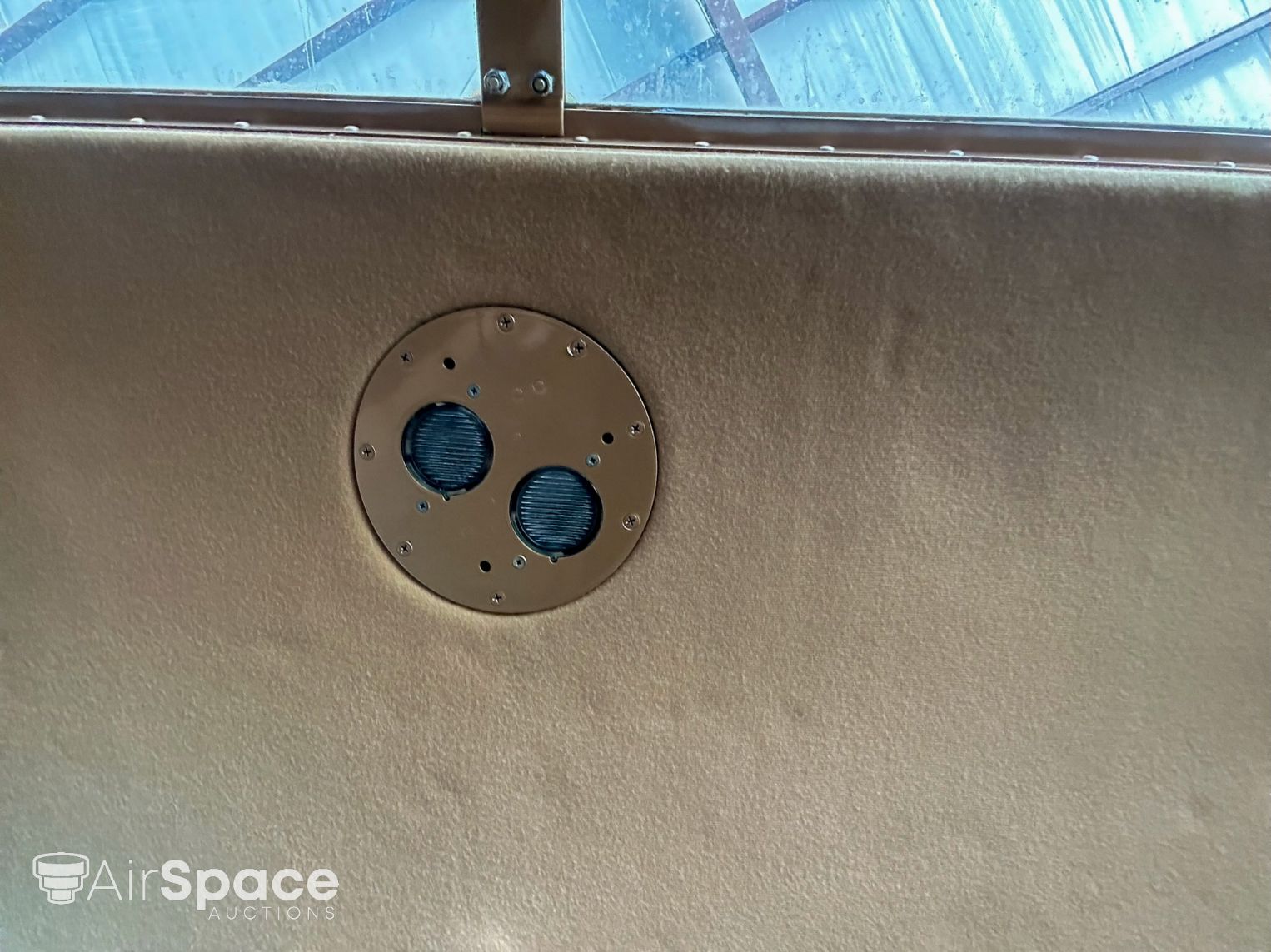

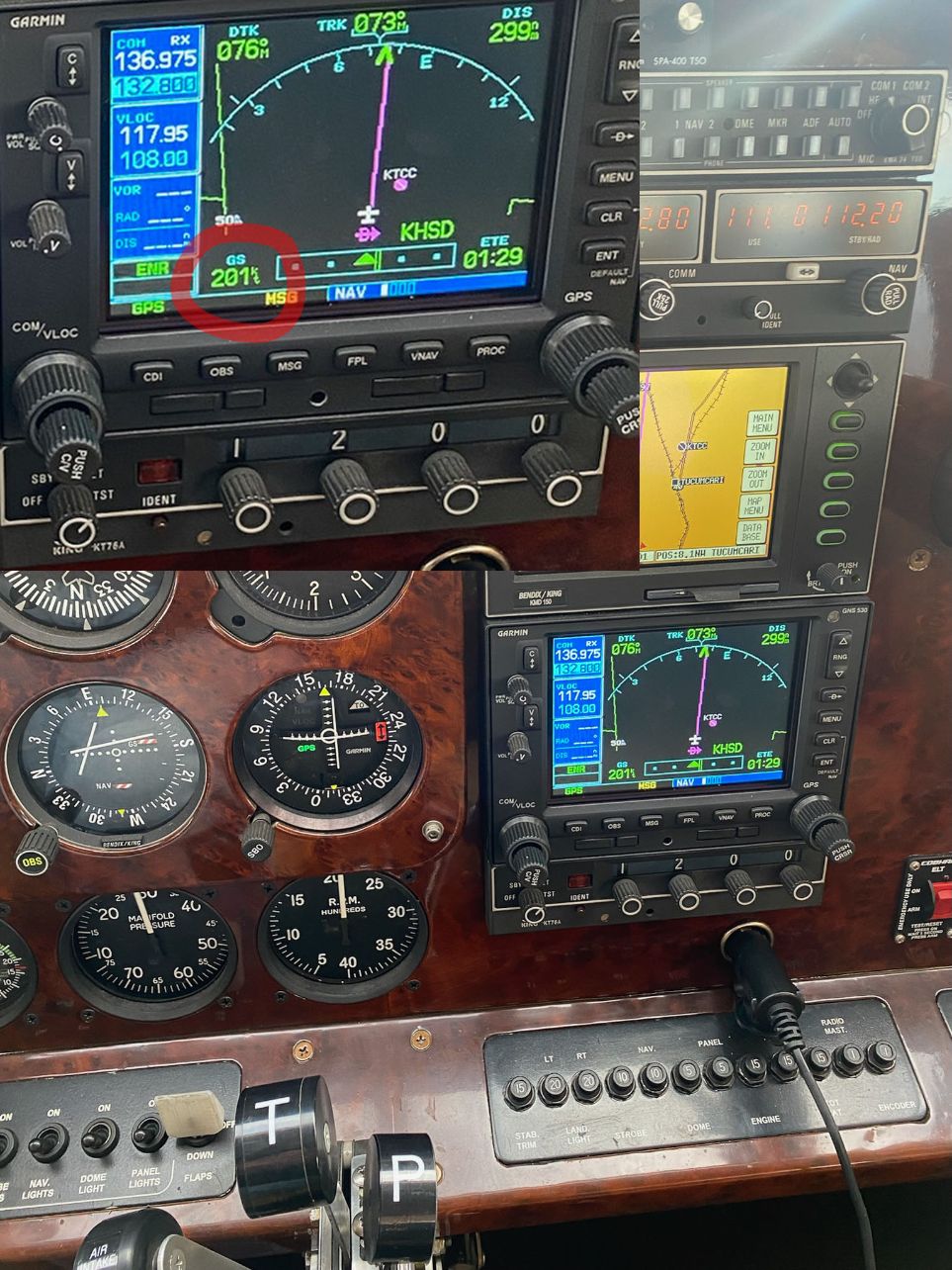
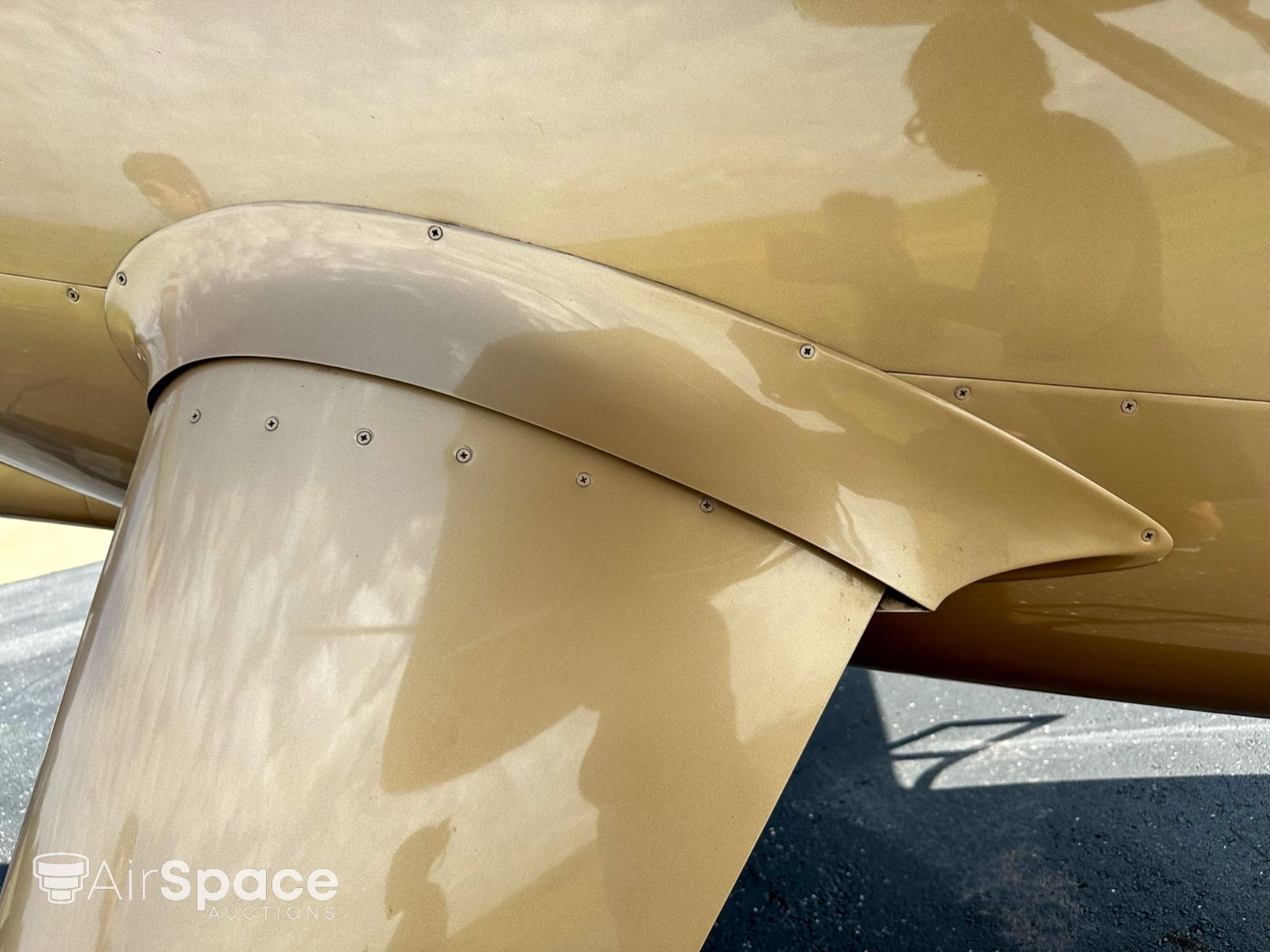
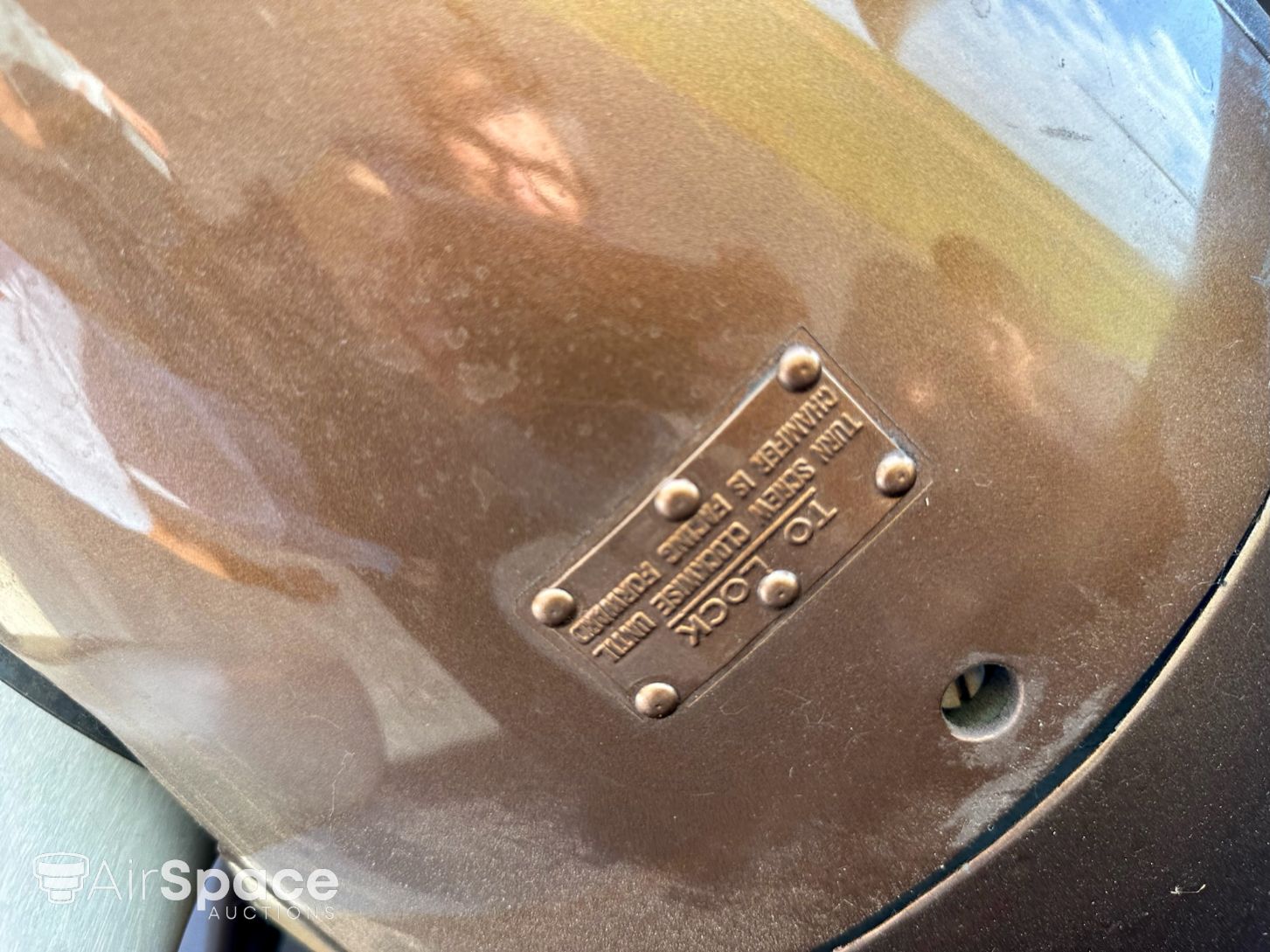
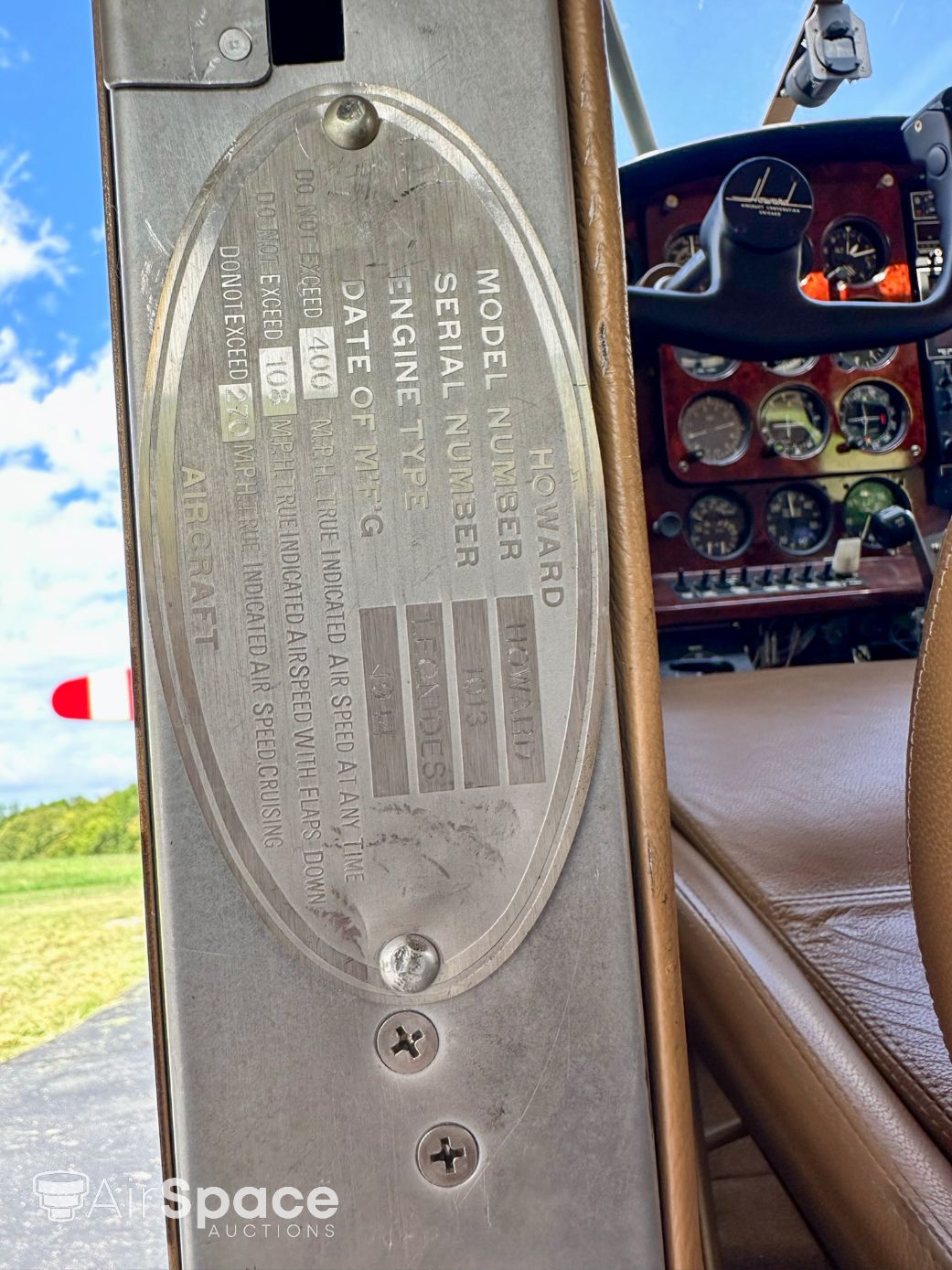

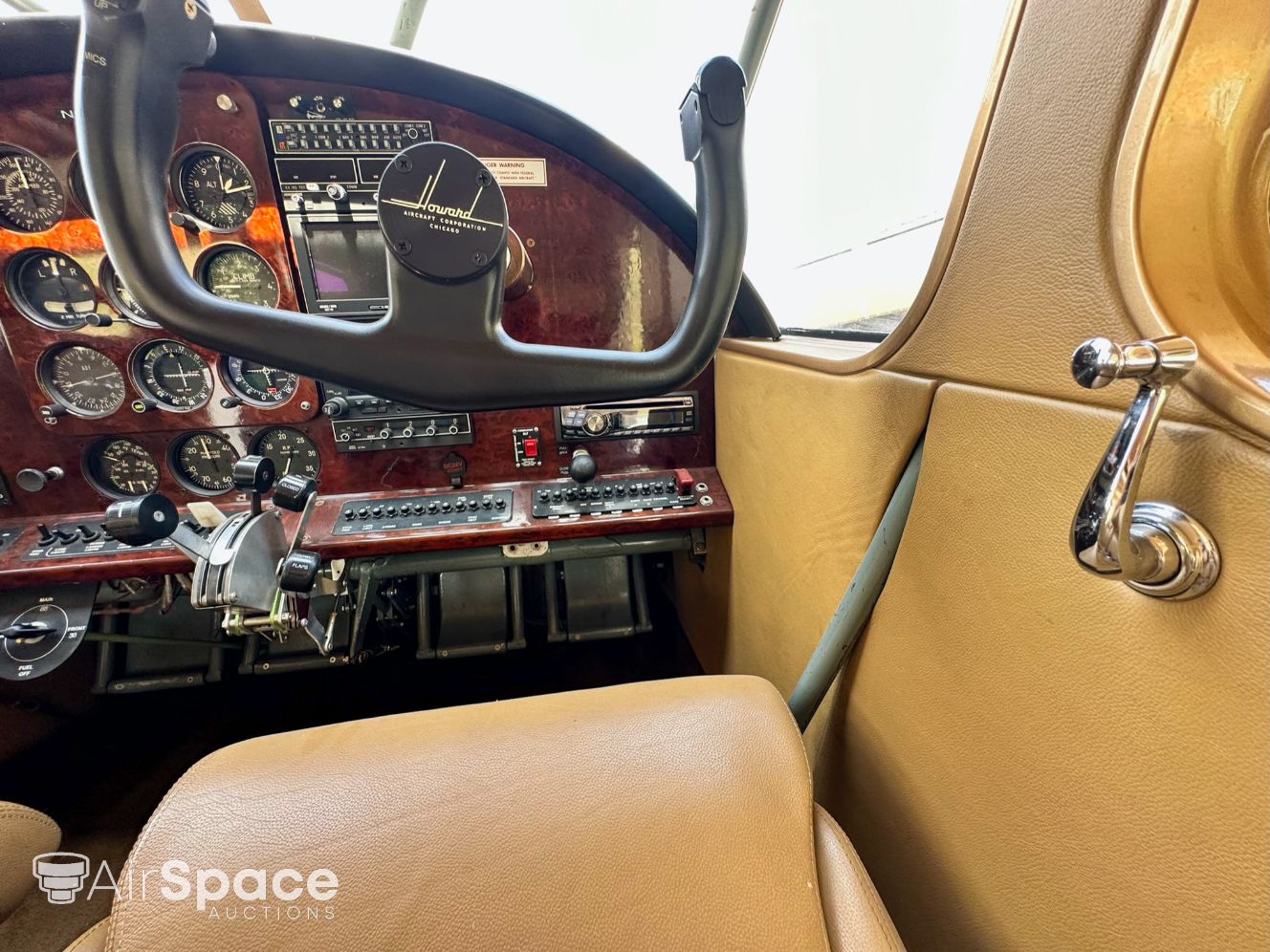
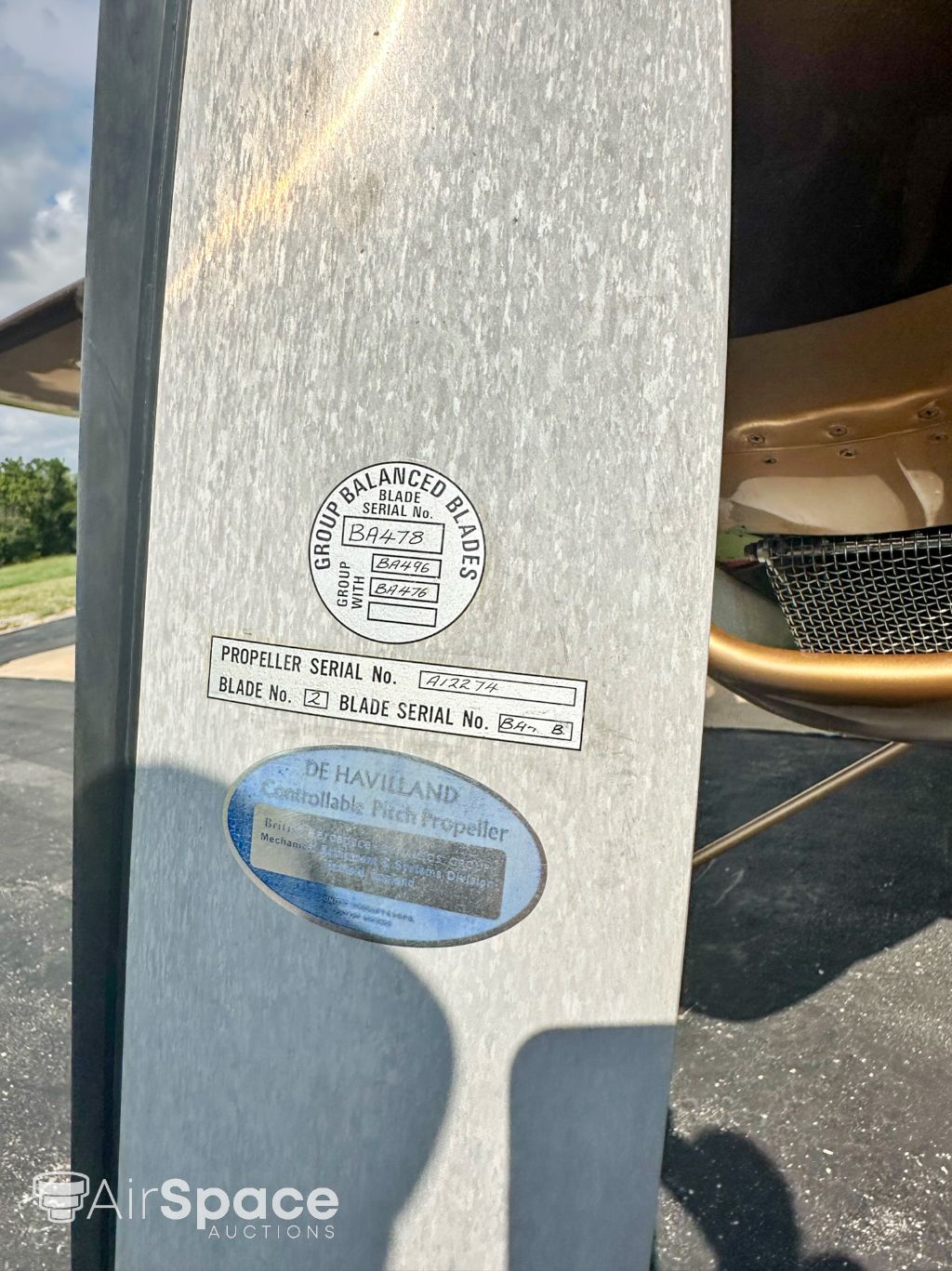


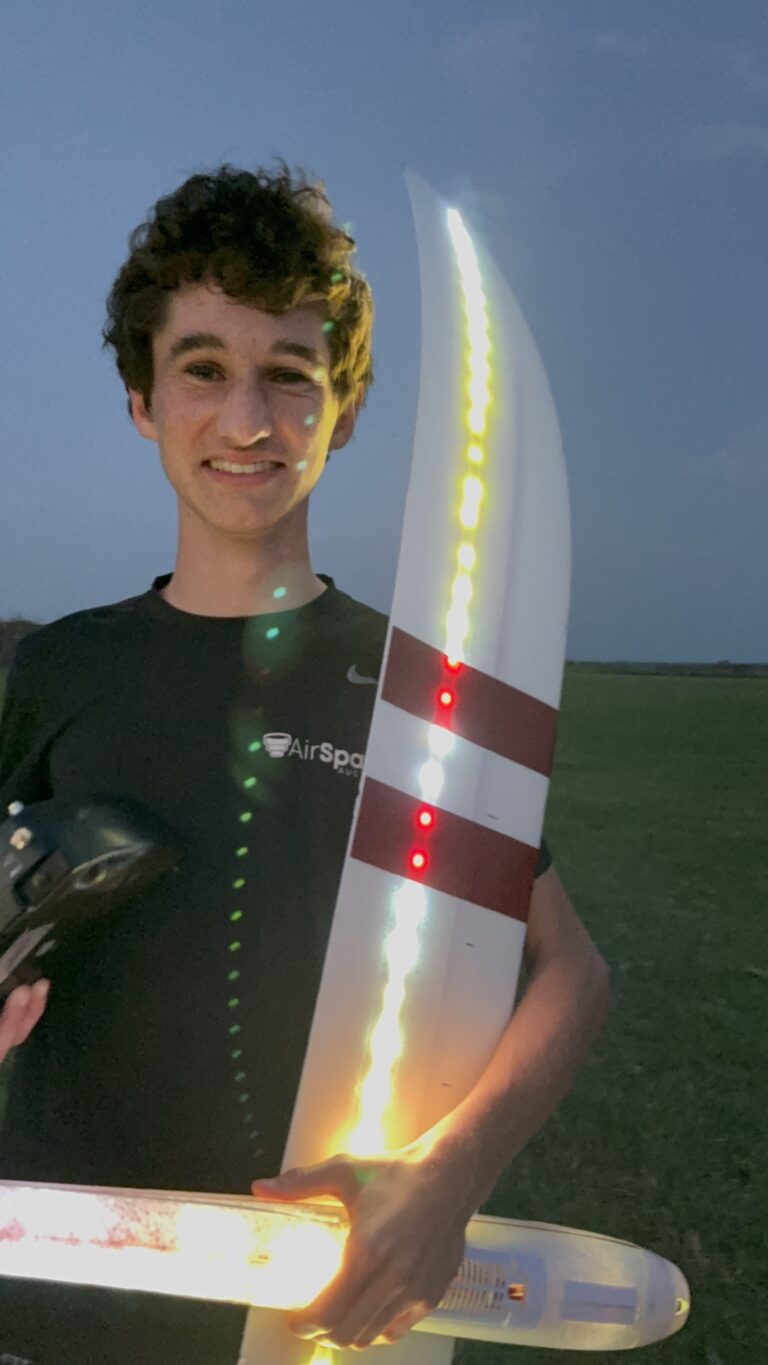

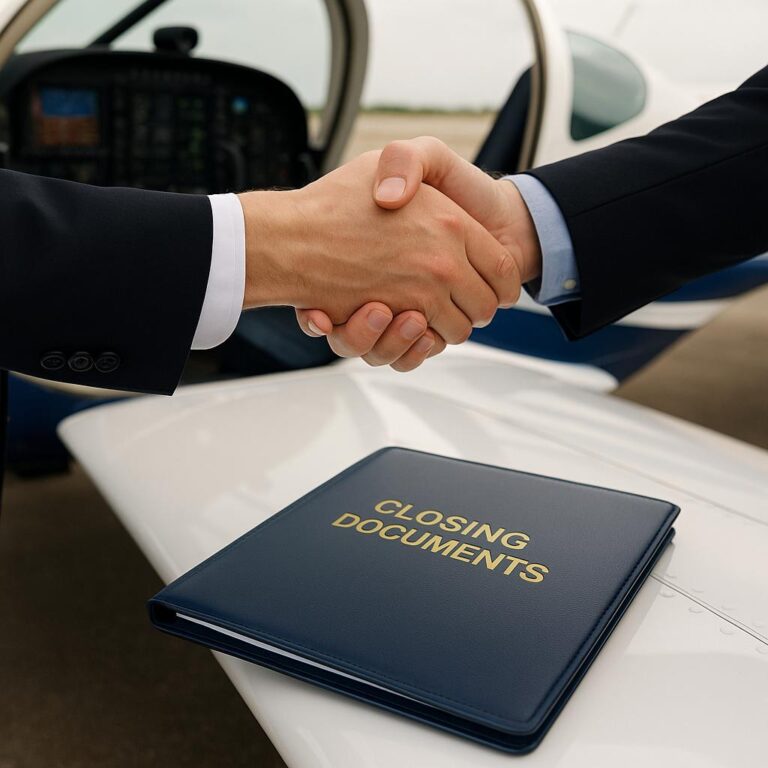
2 Comments
[…] can see build documents and logs on the AirSpace website here. Some build documents are posted but there is a substantial amount of additional information, […]
Glad you found the documents. There is a lot of info in there and still more that did not get scanned like the entire engine assembly and maintenance manual for the Lenoids 12500